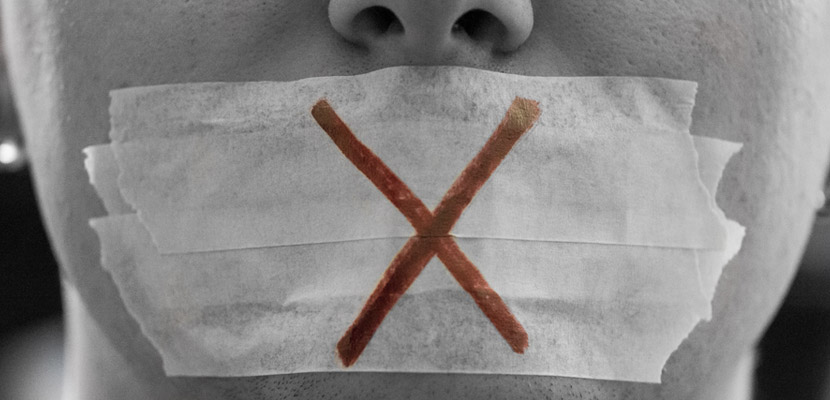
Featured Image: iStock/FL-photography
Ask any philosopher of Ethics, the right thing or the correct thing to do is never the most obvious or easiest choice. We all go through a list of possible pros and cons when deciding on which path to take. It’s always a grey area where the certainty lies in hindsight.
When Twitter permanently banned Donald Trump earlier this month, it sparked all kinds of reactions about free speech and censorship. What is free speech, how free should it be, and what does the future has in store for it, all came under scrutiny.
Twitter chief, Jack Dorsey considered the ban necessary but potentially destructive.
In a string of tweets posted last week, he admitted that it was the right decision to take but confessed that it can set a dangerous precedent. It can give corporations way too much power to steer or influence the global public conversation. And that’s your grey area right there.
While free speech is a fundamental human right, where are its borders, and should it have any? Being able to express your opinions that many may find offensive or even dangerous has been protected by the First Amendment and even United Nations charter. And sometimes, expressing your unpopular opinion is necessary to bring change. Think for a moment: if MLK Jr. had not decided to be disruptive or present his ‘unpopular’ opinion of equality, the civil rights movements would not have had seen the light of day.
But it is also a fact that for the longest of time in recent years, free speech on the internet has caused real-world harm. From global politicians to small-town individuals, those who wanted to incite violence have used the internet as their megaphone. And the message of hate and tolerance has been heard by all and sundry. The riot at the US Capitol is saddening and shameful proof. It’s also what led to Trump’s eventual ban by Twitter.
So, was it the right move? No one can say for certain. Those who support free speech called the ban dangerous and those who think it should come with a code of check-and-balance have celebrated the ban. And this disparity is reflective of a generational shift in mindset: an increasing number of people want free speech, but not at the cost of inclusivity or mental health.
Let’s see what the numbers say. According to a 2019 report by the Knight Foundation,
So, it is clear. Groups that have traditionally been underrepresented have some reservations about the free use of free speech. It suggests that this fundamental right has been used to abuse others’ of their other fundamental rights, such as the right to exercise faith, sexual orientation, and workplace equality, etc.
Those on the right side of popular opinions feel comfortable and confident in sharing their political opinions while the others continue to self-censor.
As more and more Gen Z-ers keep joining the public conversation through the internet, college campuses, and the workforce, we expect this shift towards safety to continue in a free speech vs. political correctness battle. The issue with that, though, is this: what constitutes free speech or hate speech is up for debate. There was a time when society fought tooth and nail to curtail African Americans’ right to social equality because it was considered dangerous or hateful towards a majority of the White people.
The popular definition of hate speech is different now. It now considers those ‘dangerous’ views acceptable and any challenge to them as ‘hate incited by race’. The beauty of open conversation is that it can flip ideas on their heads. By engaging in uncomfortable conversations, we allow ourselves the opportunity to redeem and relearn. Stifling free speech robs us of this chance.
According to Tom Lindsay, a former college professor of political science and political philosophy, the cure lies in a thorough reading and understanding of our fundamental documents: the Declaration of Independence and the U.S. Constitution. He correctly argues that to protect the spirit of free speech, not just the mere act of it, we must spend time and effort in exploring the thought and ideas behind it. We need to learn what the First Amendment is all about and who it really protects.
According to our friends over at ACLU, the First Amendment right of Free Speech is actually there to protect the weak. If it is learned properly and understood correctly, those who belong to underrepresented societal groups will not fear free speech but fight to protect it. And those who misuse it will not be able to hide under its unshackled umbrella anymore.
Kelvin Stiles is a tech enthusiast and works as a marketing consultant at SurveyCrest – FREE online survey software and publishing tools for academic and business use. He is also an avid blogger and a comic book fanatic.